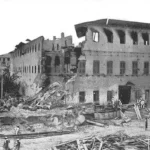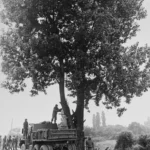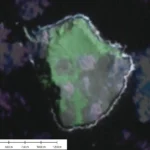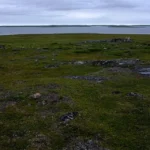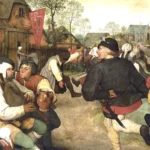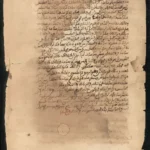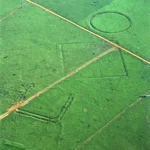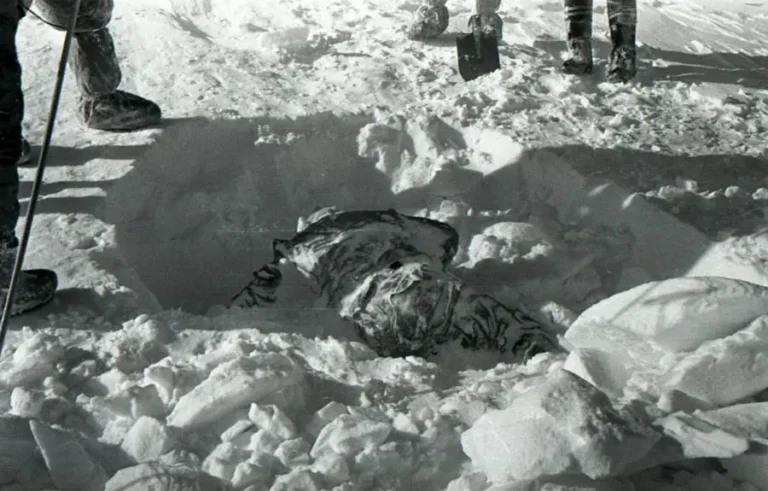
The Dyatlov Pass Incident: Russia’s Unsolved Mountain Mystery
An Enigma Frozen in Time In February 1959, a group of nine experienced hikers embarked on a trek into the northern Ural Mountains of Russia. They never returned. When search parties eventually found their campsite, rescuers were met with a scene so strange and unsettling that it has fueled speculation and conspiracy theories for over six decades. The hikers had died under puzzling and unexplained circumstances, with some showing traumatic injuries inconsistent with an ordinary accident. Known as the Dyatlov Pass Incident, this chilling event remains one of Russia’s most enduring mysteries, sparking countless investigations, theories, and unanswered questions.
The Expedition and Its Participants
The expedition was led by Igor Dyatlov, a 23-year-old student at the Ural Polytechnical Institute. The nine hikers were all experienced in winter hiking and mountaineering. Their goal was to reach Otorten, a mountain roughly 10 kilometers north of the site where they met their fate.
The group began their journey in late January 1959. They were expected to report back by February 12, but when no contact was made, a search was initiated on February 20.
A Disturbing Scene
On February 26, rescuers found the hikers’ abandoned and badly damaged tent on the slopes of Kholat Syakhl (”Dead Mountain” in the Mansi language). The tent had been cut open from the inside, and the hikers’ belongings and shoes were left behind, despite freezing temperatures.
Searchers found the bodies in various locations nearby — some in just socks or barefoot, others with bizarre injuries:
- Two were found near a cedar tree, under a layer of snow, barefoot and dressed only in underwear.
- Others were found scattered in the snow, some with severe chest fractures, one missing her tongue and eyes.
- No external wounds explained the fatal injuries, and no signs of struggle were found.

From Avalanches to Paranormal
The official Soviet investigation concluded the deaths were caused by a ”compelling natural force,” but details were vague. Since then, many theories have emerged:
- Avalanche: Suggested by some researchers, but the tent was pitched in a location considered safe, and no clear avalanche debris was found.
- Military Testing: Speculation about secret weapon tests or parachute mines in the area.
- Infrasound-Induced Panic: A rare phenomenon where wind patterns create sounds causing disorientation and terror, leading to irrational behavior.
- Yeti or Animal Attack: Popular in folklore, but no evidence supports this.
- Paranormal: UFOs or supernatural causes are often suggested but lack credible evidence.
In 2019, the Russian government reopened the investigation, concluding that an avalanche likely caused the tragedy, although the strange injuries remain partially unexplained.
Sources and Further Reading
A Mystery That Endures
The Dyatlov Pass Incident remains a haunting reminder of the unknown dangers lurking in nature and the mysteries that still evade explanation. Despite decades of study, the true cause of the hikers’ deaths is still debated. The case continues to fascinate historians, scientists, and paranormal enthusiasts alike — a cold enigma frozen in time on the slopes of the Ural Mountains.

